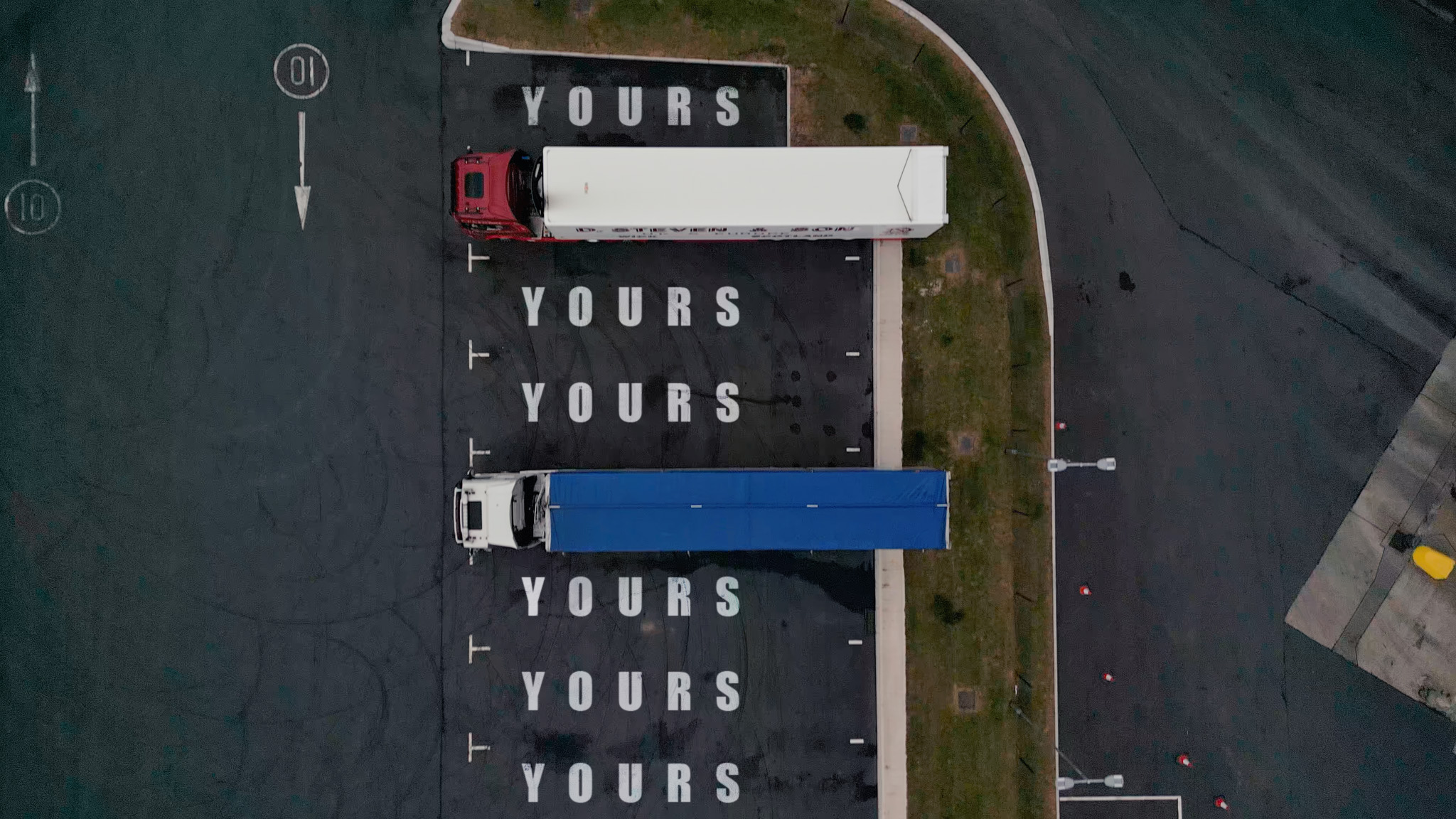
Miranda Blake
Izzivi in rešitve pri sodobnem upravljanju prevoza
Ustvarjeno: 16. 12. 2024
•
Posodobljeno: 16. 12. 2024
Sodobno upravljanje prometa je strateški pristop k načrtovanju, organiziranju in nadzorovanju učinkovitega in uspešnega gibanja blaga in materiala od izvora do cilja. Vključuje uporabo tehnologije in vpogledov, ki temeljijo na podatkih, za optimizacijo prevoznih procesov, zmanjšanje stroškov in povečanje zadovoljstva strank.
V tem prispevku obravnavamo glavne izzive in rešitve v zvezi s tem.
Ključni izzivi
Ena od najbolj perečih težav, s katerimi se morajo ukvarjati vozni parki, je upravljanje stroškov za gorivo. Ti predstavljajo pomemben del operativnih izdatkov, njihova nestanovitnost pa lahko uniči proračunske postopke in splošno dobičkonosnost. Nepredvidljiva narava cen goriva ustvarja učinek valovanja v celotni dobavni verigi, zaradi česar morajo podjetja sprejemati težke odločitve o absorpciji stroškov ali povišanju cen, kar lahko vpliva na njihovo konkurenčnost. Vendar pa podjetja, ki razmišljajo o prihodnosti, sprejemajo strategije za zmanjševanje s tem povezanih tveganj:
● sklenitev zakupnih pogodb za varovanje goriva pred tveganjem, s katerimi se cene zaklenejo za določeno obdobje in s tem stabilizira poraba.
● vlaganje v sodobna vozila* z učinkovito porabo goriva* za zmanjšanje porabe in znižanje skupnih stroškov
● Raziskovanje alternativnih virov goriva, kot sta biodizel ali stisnjen zemeljski plin, ki bi služili kot varovalo pred nihanjem cen tradicionalnih goriv.
Ena od rešitev - SNAP Fuel - omogoča nemoteno upravljanje goriva:
● Upravljavci voznega parka lahko dostopajo do podrobnih poročil o izdatkih, ki zagotavljajo transparentnost stroškov ter jim pomagajo prepoznati trende in področja za izboljšave.
● S sodelovanjem z družbo Certas Energy lahko uporabniki dostopajo do znižanih cen goriva, kar še dodatno zmanjša stroške.
Prometni zastoji
Druga težava je promet. S povečevanjem števila mestnega prebivalstva se povečuje obremenitev obstoječe infrastrukture, kar povzroča težave v celotni logistični verigi. Zamude postanejo nekaj običajnega, poraba goriva naraste, stroški poslovanja se povečajo, zadovoljstvo strank pa se zaradi daljših dobavnih rokov zmanjša.
Obstaja več taktik za preprečevanje negativnih učinkov:
● Z uporabo napredne programske opreme za optimizacijo poti lahko prepoznate najučinkovitejše poti ter tako zmanjšate čas potovanja in porabo goriva.
● Vključevanje podatkov o prometu v realnem času v delovanje lahko omogoči dinamično prilagajanje poti glede na trenutne razmere.
● S pripravo prilagojenih mestnih logističnih načrtov lahko podjetja premagujejo izzive, ki so značilni za posamezna mesta, kot so območja z omejenim dostopom in prometne konice.
Motnje v dobavni verigi
Od naravnih nesreč do geopolitičnih dogodkov in pomanjkanja delovne sile, motnje so še ena težava, s katero se soočajo vozni parki - povzročajo zamude, višje stroške in nižjo raven storitev ter izzivajo odpornost sistemov za upravljanje prevoza.
Organizacije lahko za odpravljanje takšnih motenj sprejmejo več strategij:
● Diverzifikacija: Nabava materialov in storitev pri več dobaviteljih lahko zmanjša odvisnost od posameznega dobavitelja in zmanjša tveganja.
● Vrednotenje tveganj: Redno izvajanje teh ocen lahko pomaga pri odkrivanju ranljivosti v dobavni verigi in podpira načrtovanje ukrepov ob nepredvidljivih dogodkih.
● Nadzor v živo: Z uvedbo tehnologij, ki zagotavljajo pregled nad dobavno verigo v realnem času, lahko izboljšate odzivnost in pospešite sprejemanje odločitev.

Inovativne rešitve
Tehnologije se še naprej razvijajo in povezujejo, zato se obeta, da bodo preoblikovale prihodnost upravljanja prometa, rešile dolgotrajna vprašanja in odprle nove možnosti za rast in inovacije.
● Telematika: Sistemi za sledenje vozil zagotavljajo podatke v realnem času o lokaciji, optimizaciji poti in obnašanju voznika, kar omogoča bolj utemeljene presoje.
● IoT naprave: Te lahko spremljajo stanje vozila, porabo goriva in stanje tovora ter zagotavljajo optimalno delovanje in varnost.
● I in strojno učenje: Z njima lahko omogočite napovedno analitiko in napovedovanje povpraševanja ter izboljšate optimizacijo poti in upravljanje zalog.
● Blockchain: Izvajanje te tehnologije lahko izboljša preglednost, varnost in sledljivost dobavne verige ter okrepi zaupanje med zainteresiranimi stranmi.
Ohranjanje in usposabljanje voznikov
Pomanjkanje voznikov je še en izziv upravljanja prevoza, ki ga poskuša Ministrstvo za promet rešiti z začetkom posvetovanja o načinih za odpravo pomanjkanja voznikov. Voznike tovornjakov smo pozvali, naj na strani SNAP na Facebooku izrazijo svoje mnenje o predlogu. Čeprav mnogi niso podali pripomb na shemo, jih je 72,5 % izpodbijalo izraz "pomanjkanje voznikov" in ga označilo za ustrahovanje. Namesto tega so [našteli več razlogov, zakaj izkušeni vozniki tovornjakov zapuščajo panogo] (https://snapacc.com/newsroom/hgv-drivers-challenge-the-term-driver-shortage/).
Zato je privabljanje in ohranjanje usposobljenih voznikov še vedno zelo pomembno. Vlada je uvedla več ukrepov, vendar lahko upravljavci voznih parkov in vozniki tovornjakov ukrepajo tudi sami:
● Konkurenčno nadomestilo in ugodnosti: S privlačnimi paketi lahko na konkurenčnem trgu dela privabite največje talente.
● Prožna ureditev dela: Z njo lahko izboljšate zadovoljstvo pri delu in zmanjšate stopnjo fluktuacije.
● Napredno usposabljanje in razvoj spretnosti: Z vlaganjem v stalne programe lahko voznike opremite s sposobnostmi, ki jih potrebujejo za odličnost v svojih vlogah in prilagajanje novim tehnologijam.
Drugi ključni način, kako obdržati voznike, je, da jim čim bolj olajšate delo, kar vključuje tudi plačevanje parkirnine in pranja. Na srečo je tu SNAP.
Pridobite podporo SNAP
Če želite izvedeti več o naših storitvah in o tem, kako lahko pomagajo pri upravljanju prevoza, se obrnite na telefonsko številko +44 (0)1603 777242.



